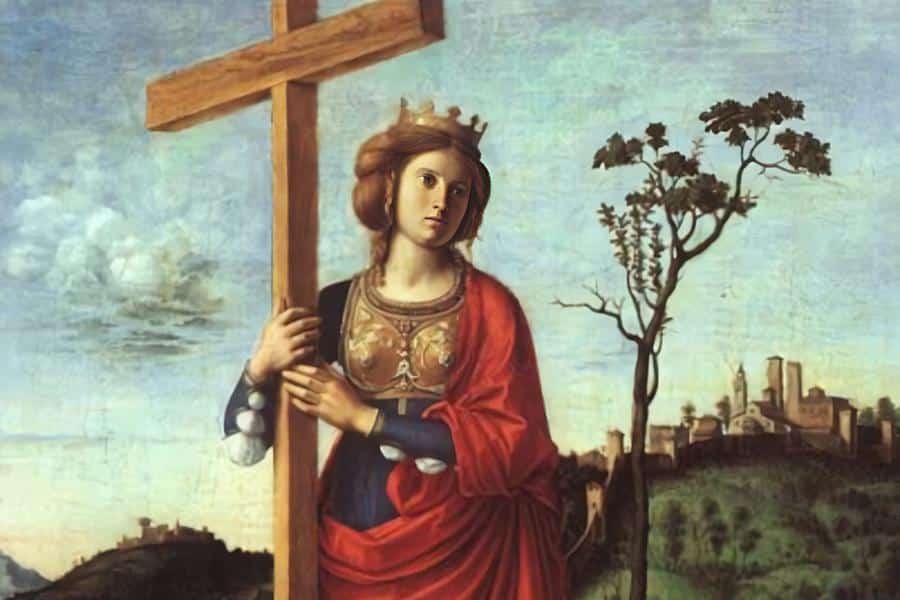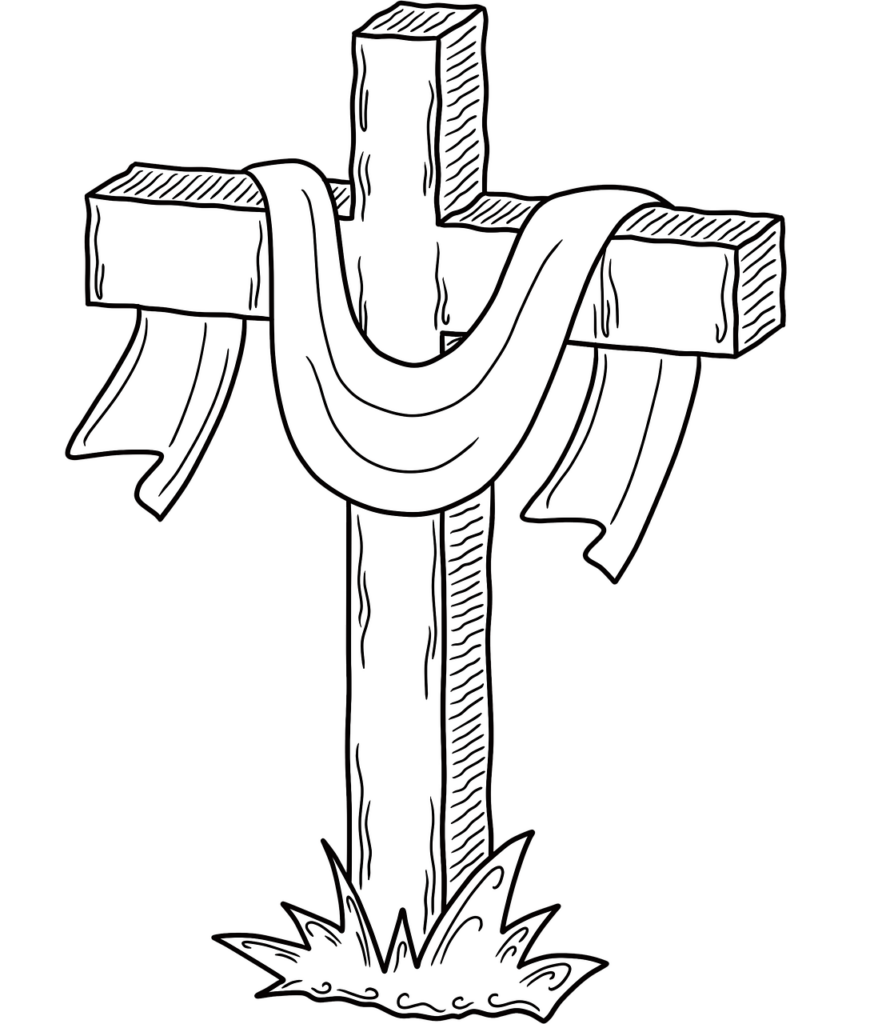St. Helena, August 18
Empress

From the scant information we have about St. Helena, we know that even before her conversion, which took place in adulthood, the richness of her soul characterized her generous actions and her dedication to her neighbor. Very relevant testimonies of Helena’s Christian life, animated by the imitation of Christ’s humility, patience and discretion, have survived to this day.
Constantine’s humble origins, marriage, and birth
She was born of a plebeian and pagan family in the middle of the third century, probably in Drepamin, in Bithynia, in the Gulf of Nicomedia (present-day Turkey), a city to which her future son, the Emperor Constantine, would later give the name of Helenopolis. According to St. Ambrose, Helena worked as a “tabular”, an innkeeper in charge of stables. The young officer Constantius Chlorus fell in love with Helen’s modesty and delicacy. Despite being of a higher social rank, he wanted to marry her, taking her with him to Dardania in the Balkans. The young woman, who had no right to her husband’s honorary titles, was his faithful wife and in 280 in Naissus in Serbia gave birth to his son Constantine.
Repudiation and concealment
Constantius’ military and political qualities allowed him to obtain, together with Galerius, the title of Caesar; but it was necessary to confirm this promotion within the new political system of the Tetrarchy, so the emperors Diocletian and Maximian in 293 forced him to repudiate Helen and marry Maximian’s stepdaughter, Theodora. For this reason, Helena was forced to leave her family and her son, whom she had so far raised with great care and love, but she never lost heart and patiently and humbly remained in the shadows while Constantine was educated at Diocletian’s court.
Augusta, the emperor’s mother, is caring and attentive to the most abandoned
When Constantius Chlorus became the head of the empire in 305, his young son, Constantine, followed him to Britain where he took part in the war campaign against the Picts and, upon his father’s death, succeeded him by acclamation of the army. Among his first measures, the new emperor immediately rehabilitated his mother Helena Flavia Giulia, and gave her the honorable title of Augusta. This woman, whose effigy was engraved on coins, had free access to the imperial treasury from then on, and despite the rise of honors and imperial power, her heart did not become proud nor did she seek revenge. On the contrary, she used her imperial power to do good: increasing her innate concern for her neighbor, giving alms and various forms of help to resolve the material needs of the poor, such as the release of prisoners, the mines, and the exile of many people. It is said that she participated in religious celebrations, dressing modestly and mingling with the crowd to invite the hungry to lunch, serving them herself in person. The works of mercy reflected the luminous and contagious faith of Helena, to the point that many have wondered if and how much Helena could have influenced the conversion of her son and the promulgation of the Edict of Milan in 313, which gave freedom of worship to Christians after three centuries of persecution.
The discovery of the true cross in the Holy Land
A series of terrible events shook the life of the family when in 310 Fausta, daughter of Maximian and second wife of Constantine, warned her that Maximian was plotting. Constantine would have him killed. Later, in 326, Constantine would also have Crispus, son of his first wife, Minervina, killed, because Fausta had falsely accused him of having wanted to seduce her. Finally, when Constantine realized, too late, his son’s innocence, he had Fausta killed as well. In the midst of such a chain of hatred, betrayals and crimes, Helena, at the age of 78, knew how to keep her faith firmly, and decided to undertake a penitential pilgrimage to the Holy Land. There, with a great spirit of atonement, she had the Basilicas of the Nativity built in Bethlehem, of the Ascension on the Mount of Olives and convinced Constantine to build the Basilica of the Resurrection. At Golgotha, where she had the pagan buildings built by the Romans demolished, the miraculous discovery of the true Cross took place: it is said that the corpse of a man placed on the wood of the Cross miraculously came back to life. The three nails that pierced Christ’s body were donated by Helen to Constantine. One was placed in the Iron Crown preserved in the cathedral of Monza, as if to remind us that there is no sovereign so powerful that he does not have to obey the wise divine will. The precious relics are preserved today in the Roman Basilica of Santa Croce in Gerusalemme. Helen died in 329, at the age of 80, in an unidentified place. She was assisted by her son who had the body transported to Rome on the Via Labicana where it was buried in an imposing mausoleum that bears her name. The porphyry sarcophagus, transported in the 11th century to the Lateran, is now preserved in the Vatican Museums. Her cult spread both in the East and in the West, where she is commemorated respectively on May 21 and August 18 and is iconographically associated with the symbol of the cross. Helen’s spiritual stature merited her being represented in one of the four monumental statues that are at the foot of the pillars of Michelangelo’s dome in St. Peter’s Basilica in the Vatican, together with St. Andrew, Veronica and Longinus.
Related

After Eight Days Jesus Arrived: Commentary by Fr. Jorge Miró
Jorge Miró
26 April, 2025
3 min

The Perspectivas del Trabajo Foundation is founded with the aim of promoting virtues for professional development
Exaudi Staff
25 April, 2025
2 min

Reflection by Bishop Enrique Díaz: Alleluia, alleluia
Enrique Díaz
20 April, 2025
5 min

Christ is Risen! Alleluia! Commentary by Fr. Jorge Miró
Jorge Miró
20 April, 2025
3 min
 (EN)
(EN)
 (ES)
(ES)
 (IT)
(IT)

